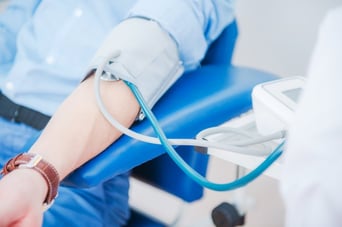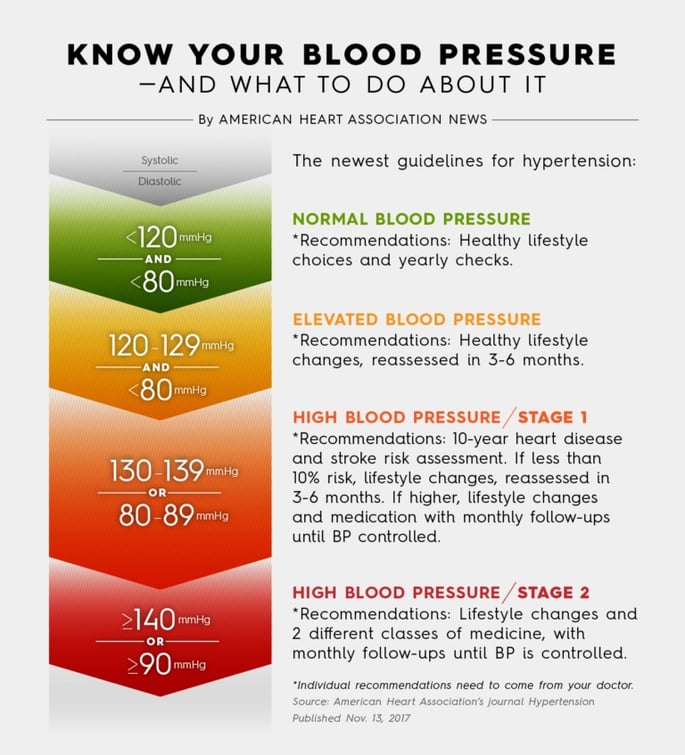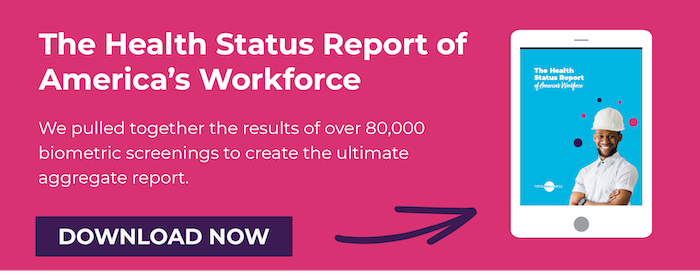The American Heart Association (AHA) has changed the definition of hypertension (high blood pressure) for the first time in 14 years. Previously, the standard for stage one of hypertension was 140/90, and has now been revised to 130/80. The previous standard, 140/90, is now considered stage two of hypertension.

What does this guideline revision mean for us? Millions more of American adults will be diagnosed with hypertension. The percentage of adults living with high blood pressure has increased from 32% to 46% with the new guidelines in place. This means that nearly half of adults are at risk for serious health problems due to hypertension.
According to the AHA, the new guideline is designed to help people take preventative steps to control their blood pressure earlier in life. This is especially important because hypertension is a major risk factor for heart disease and stroke, which are the two leading causes of death in the world.
Millions of Americans will need to lower their blood pressure to fit with these guidelines. The good news is that the AHA reported that the new guideline doesn’t mean there will be a massive increase in the number of people who will need to take medication to control their blood pressure.
The AHA stated that of the estimated 14% more adults to be classified with high blood pressure, about 1 in 5 will need medication. Instead of taking medication, many of these people will need to focus on holistic lifestyle changes to maintain healthy blood pressure.
Take a look at the new blood pressure guidelines below:

Thankfully, there are many ways to keep your blood pressure under control before medication is needed. Maintaining a healthy lifestyle is the best way to prevent high blood pressure and reduce your risk for heart disease and stroke. Here are some ways to naturally lower blood pressure that you can share with your employees:
Reduce your sodium intake. For some people, too much sodium consumption can result in high blood pressure. In general, you should limit daily sodium consumption to about 2,300 milligrams. Check out this article for some helpful tips on reducing your daily salt intake.
Drink responsibility. Some studies have found that a glass of red wine can be good for your heart health, HDL cholesterol levels, and blood pressure. However, it’s important to know that both moderate and heavy drinking habits can contribute to hypertension. Do your best to limit alcohol to promote optimal blood pressure.
Exercise regularly. Daily physical activity is excellent for heart health and one of the best things you can do to lower your blood pressure. In general, adults should aim for about 150 minutes of exercise each week. This means that walking even just 30 minutes a day, five days a week, can help lower your blood pressure!
Meditate. According to an article by Prevention, slow breathing and meditative practices help decrease stress hormones, which elevate renin – a kidney enzyme that raises blood pressure. Check out some easy meditation and breathing techniques for beginners here!
Maintain a nutritious diet. Keeping a heart-healthy diet will not only help lower blood pressure, it will help promote weight loss as well. Stay away from fried and processed foods and eat more fruits, veggies, healthy fats, proteins, and whole-grains.
Reduce stress. We all know that stress takes its toll on the body. Unmanaged, chronic stress is a key driver of high blood pressure. Learn to manage or reduce the stress in your life to keep your blood pressure levels healthy. Take a stress management class, start yoga classes, or cut back on overtime hours.
Get more potassium. Potassium-rich foods are great for lowering blood pressure. Potassium helps balance out negative effects of sodium. Try adding foods like avocados, spinach, sweet potatoes, salmon, and white beans to your regular diet.
Along with keeping healthy habits, one of the best things you can do for your blood pressure is to track it frequently. Visit your doctor regularly and participate in your company’s biometric screenings to test your key health numbers, including blood pressure. You can also keep track of your blood pressure easily at home with a blood pressure monitor.
Untreated hypertension is commonly referred to as the “silent killer” due to the lack of symptoms. It’s the second leading cause of heart disease and stroke deaths – only second to smoking. Educating employees about their blood pressure level and encouraging them to practice a healthy lifestyle is the best way to prevent the health consequences of hypertension.
How do educate your employees about high blood pressure? Let us know below.
Like this blog post? Share it with your employees or co-workers with this printable version of the blog!
Image created by Welcomia - Freepik.com



